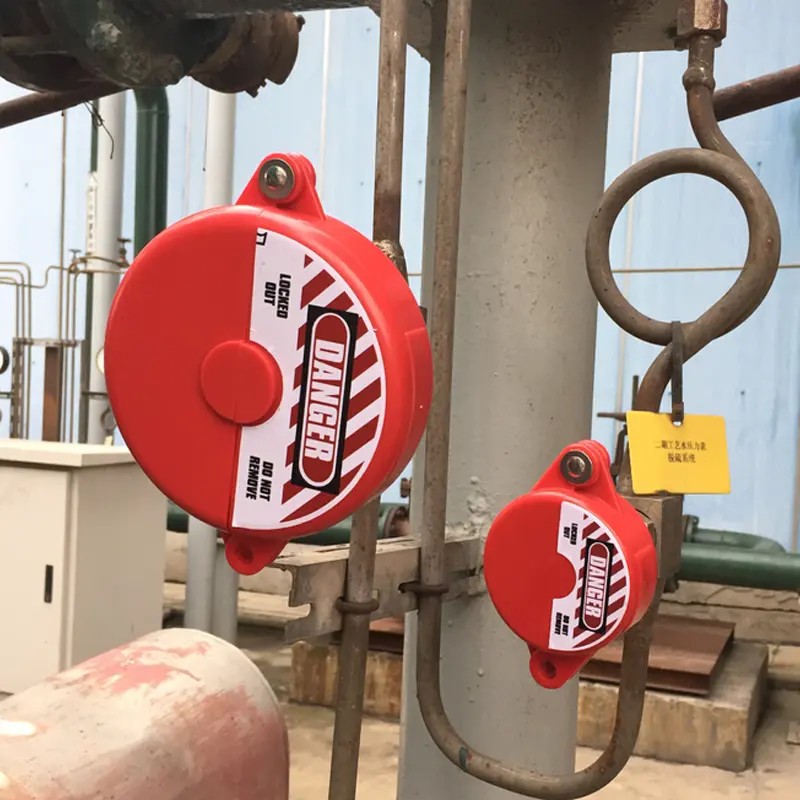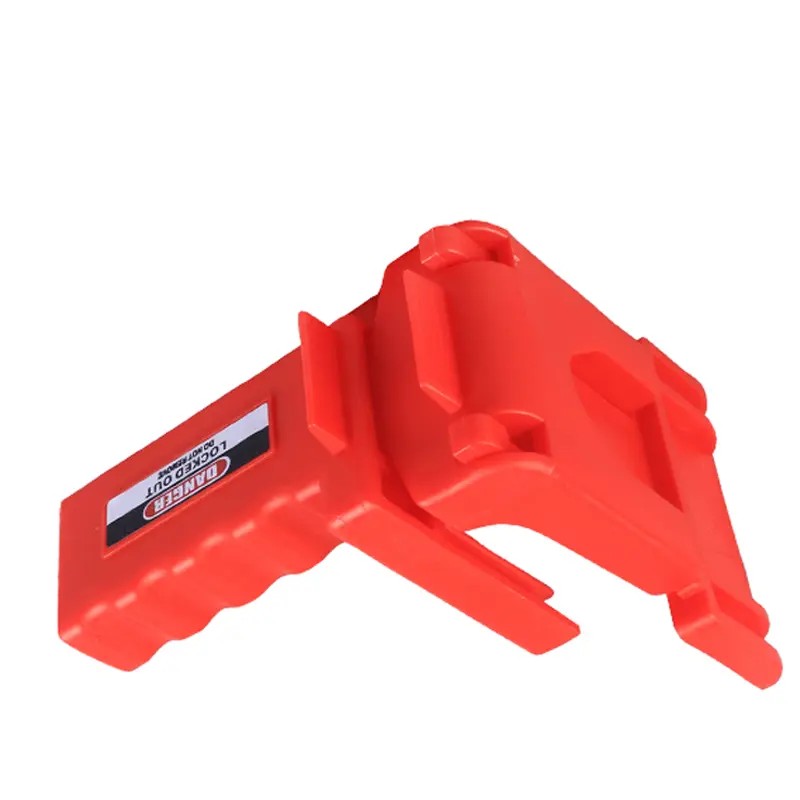In industrial environments, the risk of accidental energy release from valves can lead to serious injuries, equipment damage, and even fatalities. One of the most effective ways to prevent these hazards is by using valve lockouts — a critical component of Lockout/Tagout (LOTO) procedures.
This article will explore what valve lockouts are, how they work, why they're essential for workplace safety, the different types available, how to use them correctly, and how to choose the right ones for your facility.

A valve lockout is a safety device designed to physically secure a valve in a specific position — typically "closed" or "open" — to prevent accidental operation during maintenance or servicing. These devices play a vital role in isolating hazardous energy sources such as gas, steam, liquid chemicals, or other pressurized fluids.
By locking out the valve, workers are protected from unexpected releases that could result in burns, explosions, chemical exposure, or mechanical injuries.
Valve lockouts operate by immobilizing the valve handle, wheel, or actuator. Once the valve is placed in the desired position, the lockout device secures it in place. A personal safety padlock is then applied to ensure only the authorized worker can remove the lock after completing their task.
These lockouts are often used in conjunction with tagout tags, which provide additional information about the lockout process, including who applied the lock and when.

Industrial facilities rely on complex systems of pipes and valves to transport various substances under pressure. If a valve is accidentally opened or closed during maintenance, the consequences can be catastrophic.
Here’s why valve lockouts are non-negotiable in industrial safety:
Valves come in many shapes and sizes, so there are several types of valve lockouts designed to accommodate different configurations. Here are the most common types:
Ball valves are commonly used in pipelines and are identifiable by their quarter-turn lever handle. Ball valve lockouts are designed to secure the handle in the off position, preventing rotation.
Gate valves have a rising stem and handwheel. Gate valve lockouts typically encase the handwheel or lever, preventing any movement.
Butterfly valves feature a disc inside the pipe that rotates to control flow. Butterfly valve lockouts block the lever or handle from turning.
Globe valves are linear motion valves with a globe-shaped body. Globe valve lockouts secure the handwheel or stem to prevent unauthorized operation.

Using a valve lockout effectively involves following a standardized LOTO procedure. Here’s a step-by-step guide:
Note: All employees involved in LOTO procedures should receive proper training and understand the associated risks and responsibilities.
Selecting the best valve lockouts for your facility depends on several factors. Consider the following when making your choice:
Make sure the lockout device matches the type of valve you're securing — ball, gate, butterfly, or globe.
Check the dimensions of your valves and ensure the lockout device fits properly without gaps or instability.
Choose materials that can withstand your working environment:
Look for user-friendly designs that require minimal tools and time to install, especially in high-maintenance settings.
Ensure the products meet international standards such as ANSI, ISO, and OSHA requirements.
Some manufacturers offer customizable features like color coding, engraving, or multi-lock points for added identification and accountability.
Valve lockouts are an essential part of any industrial safety program. They help protect workers from potentially life-threatening situations by ensuring that valves cannot be operated unexpectedly during maintenance or repair. Whether you're dealing with ball valves, gate valves, butterfly valves, or others, choosing the right lockout device is crucial for compliance, safety, and operational efficiency.
By understanding the different types of valve lockouts, how to use them correctly, and what to look for when purchasing, you can significantly reduce the risk of accidents and enhance the overall safety culture in your workplace.
Looking for reliable valve lockouts? ELECPOPULAR SAFETY, a trusted valve lockouts manufacturer, offers durable and compliant solutions for all industrial needs. From ball valve lockouts to universal designs, our products ensure safety and efficiency in energy isolation. Enhance your LOTO program with high-quality lockouts built for performance.
